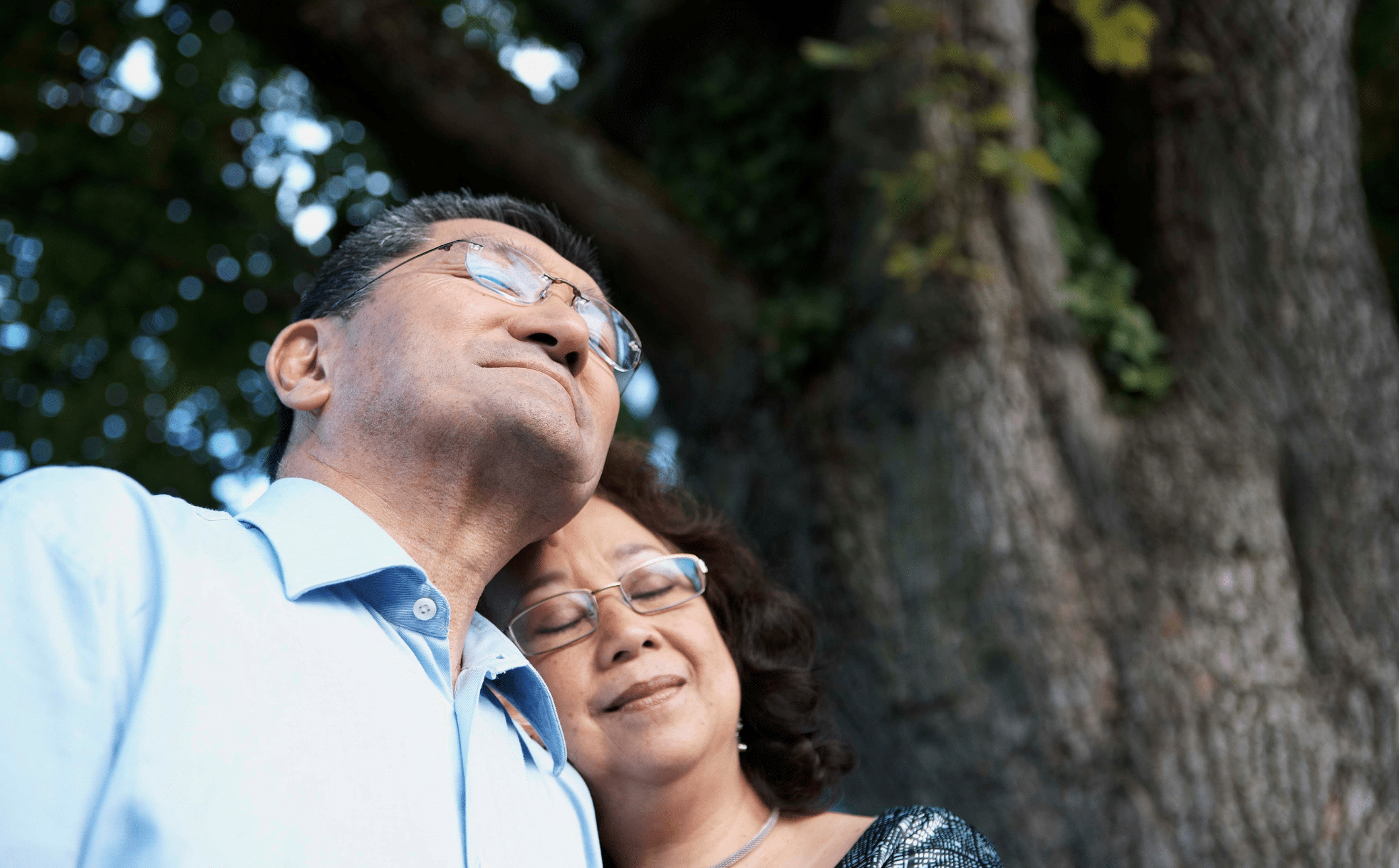As shorter daylight hours and colder temperatures settle in, many people experience the “winter blues” – a common seasonal mood shift that can profoundly affect relationships. While up to 20% of Americans deal with some form of seasonal mood changes, supporting a partner through this challenging time isn’t always intuitive. This guide offers practical, expert-backed strategies to help your loved one navigate seasonal depression and strengthen your bond during the darker months.
One type of winter blues is called Seasonal affective disorder (SAD). SAD is a mood disorder that is a type of major depression disorder that occurs typically in the fall or winter and lets up in spring or summer.
Review Literature on Seasonal Affective Disorder (S.A.D.)
Tiffany Field published a comprehensive narrative review in the Journal of Clinical Psychology and Neurology in March 2024 from the University of Miami/Miller School of Medicine and Fielding Graduate University. The review analyzed 46 papers on seasonal affective disorder (SAD) published between 2019-2023, selected from an initial pool of 168 papers after applying exclusion criteria for case studies, non-English papers, and study protocols.
The review primarily examined:
- Cross-sectional studies of risk factors
- Randomized controlled trials for light therapy and cognitive behavioral therapy
- Systematic reviews
- Studies on SAD prevalence across different latitudes and climates
- Research on treatment effectiveness
- Studies exploring potential biological mechanisms
The papers were sourced from both PubMed and PsycINFO databases. They focused on recent research developments in understanding, diagnosing, and treating SAD. The review was particularly noteworthy for its breadth, covering prevalence studies showing rates varying from 3% in Saudi Arabia to 21% in Norway. These rates suggest significant effects of latitude and sunlight exposure.
Field structured the review to examine multiple aspects of SAD research, including:
- Prevalence across different regions
- Effects and symptoms
- Risk factors and predictors
- Treatment interventions
- Potential underlying biological mechanisms
- Methodological limitations in current research
This systematic approach to analyzing recent literature provides a valuable overview of current understanding and treatment approaches for SAD and highlights areas for further research.
On prevalence and geographic distribution:
“The prevalence of seasonal affective disorder (SAD) has varied widely from 2% to 21% across countries of varying latitudes.” The review notes specifically that “in a study from Saudi Arabia… the prevalence of SAD was 3% while… in Norway… the prevalence of SAD was high at 21%.”
On risk factors:
“The risk factors frequently given include being young (18 to 30 years of age), female, having a family history of seasonal affective disorder and living in a northern latitude.”
On common treatments:
“The typical treatments have included light therapy, cognitive behavioral therapy and antidepressants either alone or in combination. The light therapy is usually somewhere between 2,000 and 10,000 lux (intensity) for 30 to 60 minutes at the same time every day, most preferably in the morning.”
On symptoms and effects:
“Several effects have been noted for seasonal affective disorder… They include memory impairment, lack of well-being, psychological morbidity, depression, and sleep problems, all of which are notably comorbid.”
On chronotype (sleep-wake patterns):
The review describes different chronotypes, noting that “The bear is the most common at 50% of samples. This chronotype is characterized by the sleep and wake cycle happening according to the sun, with greater productivity in the morning and no trouble sleeping, but a post-lunch energy dip between two and four in the afternoon.”
On intervention effectiveness:
“Light therapy effects were equivalent to those of anti-depressants and, not surprisingly, the combination of light therapy and antidepressants was the most effective therapy.”
The paper concludes by noting methodological limitations in current research and suggests that “the increasing prevalence of SAD will highlight the need for more intervention, the data on predictor variables will help identify individuals in need of therapy and the intervention data will inform clinicians on potential treatments for those with seasonal affective disorder.”
9 Clinical Tips by Our Experts
- Create intentional one-on-one time with your partner when you notice they’re struggling. Find a quiet moment to check in, listen deeply to their experiences, and gently ask what support they need most right now.
2. Build a judgment-free space where your partner feels completely safe being vulnerable. Let them know that whatever they’re feeling is valid and that they can open up without fear of criticism or dismissal.
3. Notice changes in your partner’s mood and open, gentle conversations about it. Simple observations like “You seem a bit down today – is the weather affecting you?” show that you’re attuned to their well-being and ready to listen, whether they need to talk or just sit quietly together.
4. Small gestures of care can make a big difference. Surprise them with their favorite warm drink, offer to handle daily tasks, or invite them on refreshing walks. Listen with empathy and help them look forward to brighter days ahead.
5. Make daily walks together a priority. Even 20 minutes of shared movement outdoors can boost mood while creating uninterrupted time to connect and communicate.
6. Lead with empathy and foster physical connection through gentle touch, shared music, or simply being present together. Consider starting mood-supporting vitamins together and create daily tech-free zones for genuine connection. Invite them to join you in activities that provide natural light exposure.
7. Remember that your undivided attention is one of the most powerful gifts you can offer. Put away distractions, make eye contact, and create space for real presence – these simple acts show your partner they truly matter.
8. Plan thoughtful surprises that bring joy and adventure to darker days. Consider activities that align with both of your comfort levels and interests, creating something special to look forward to together.
9. Jenny Fang
Speak your partner’s love language during these challenging times. Understanding and delivering support in the way that resonates most deeply with them can help regulate their emotions and strengthen your connection.
Supporting a partner through seasonal mood changes is an investment in your relationship’s resilience. By implementing these expert strategies with patience and consistency, you can help your loved one feel less alone while deepening your emotional intimacy. Remember that the winter blues are temporary, but the caring habits you develop during this season can strengthen your relationship for years to come. If your partner’s symptoms feel severe or persistent, don’t hesitate to encourage them to seek professional support while continuing to stand by their side with understanding and compassion.
Reference
Field, T. (2024). Seasonal Affective Disorder: A Narrative Review. Journal of Clinical Psychology and Neurology. 1-2. 10.61440/JCPN.2024.v2.14.


